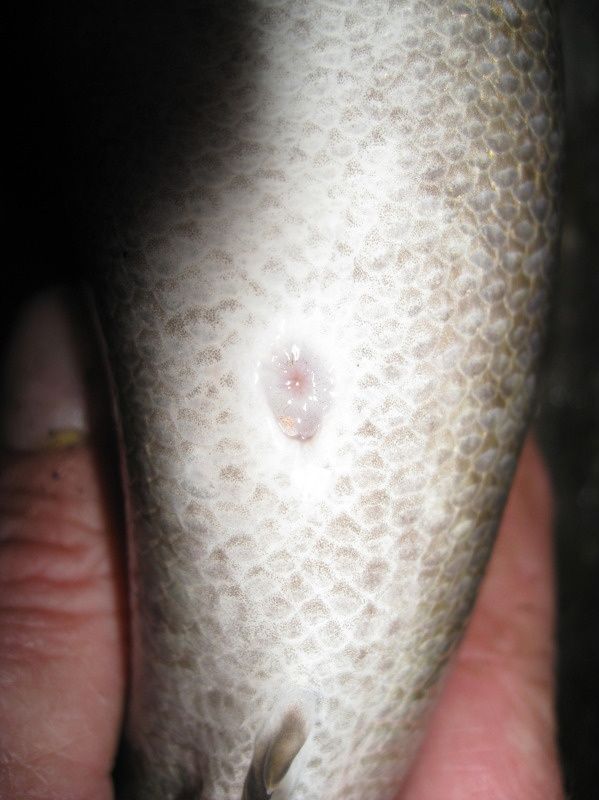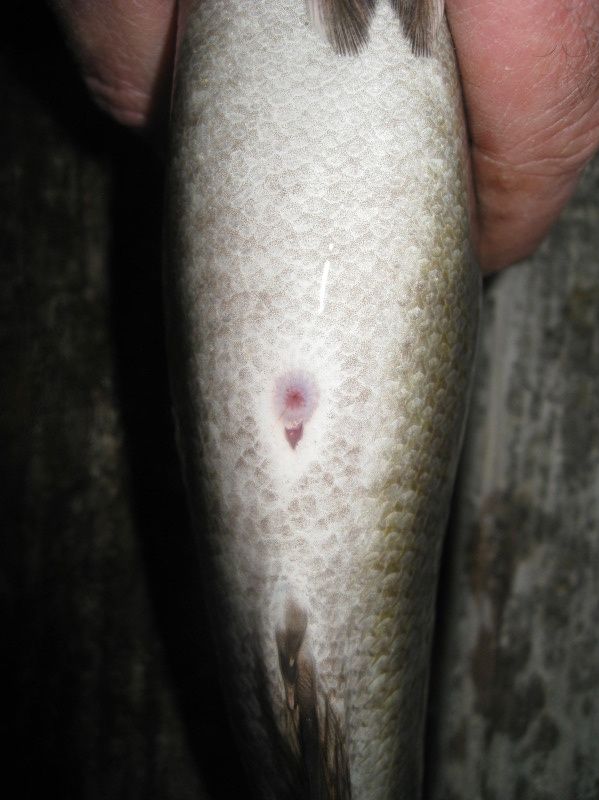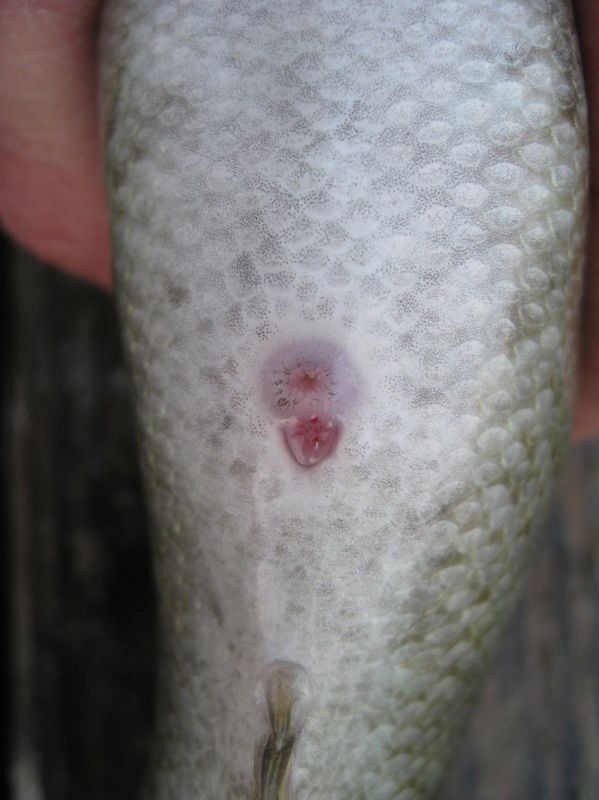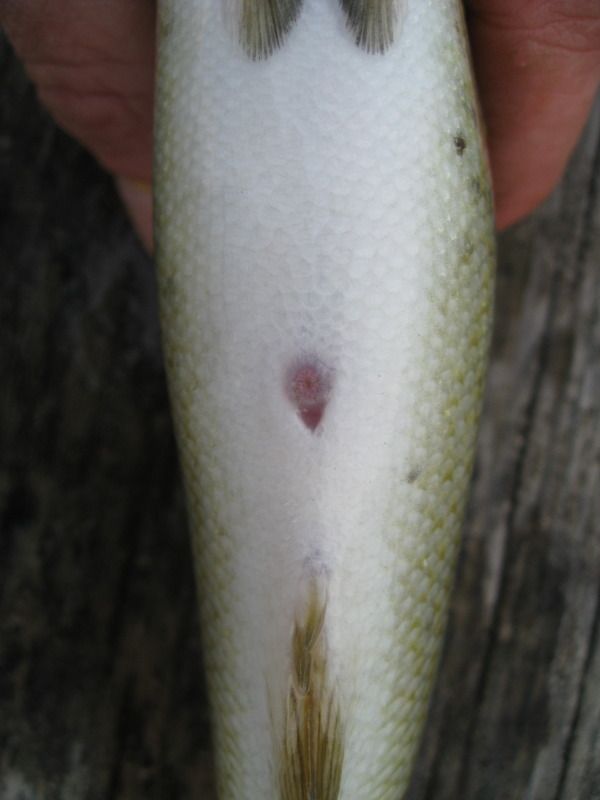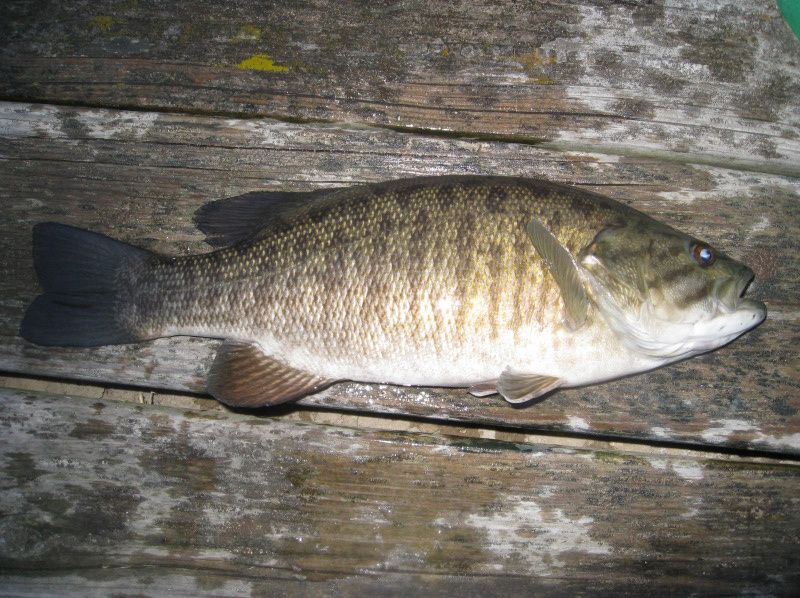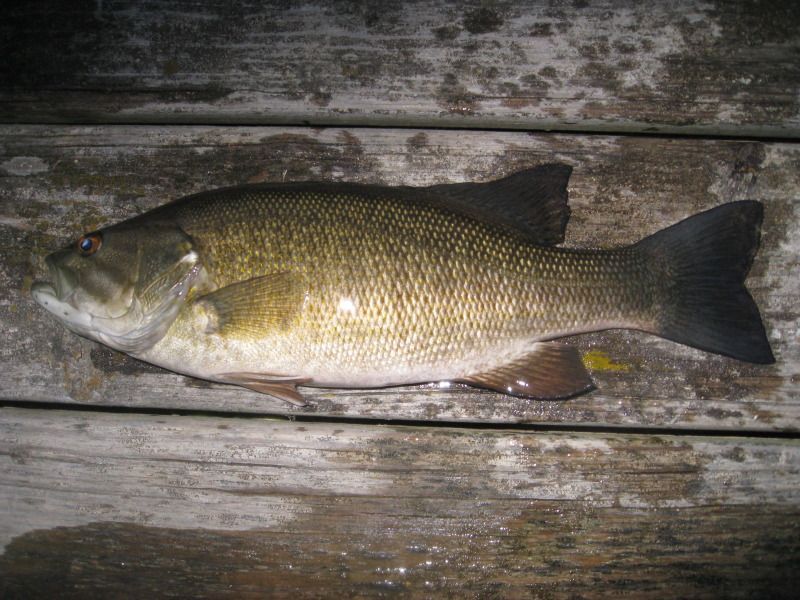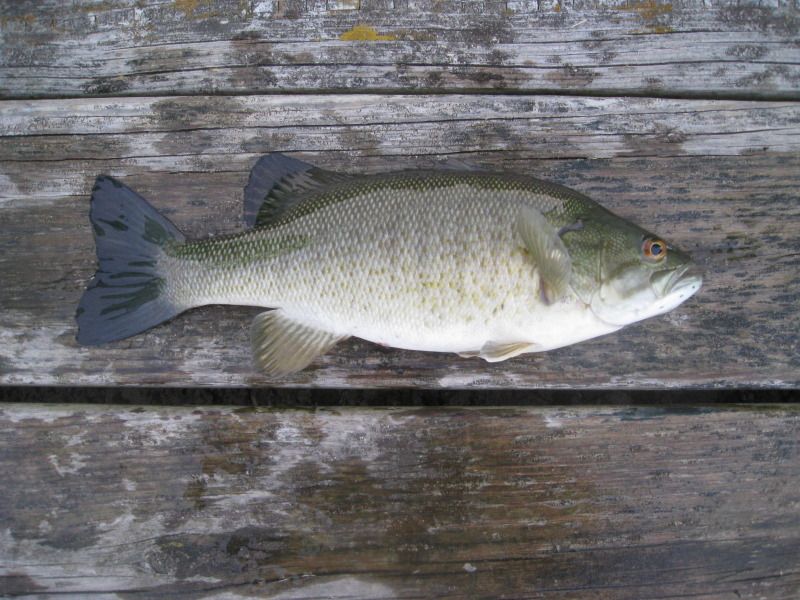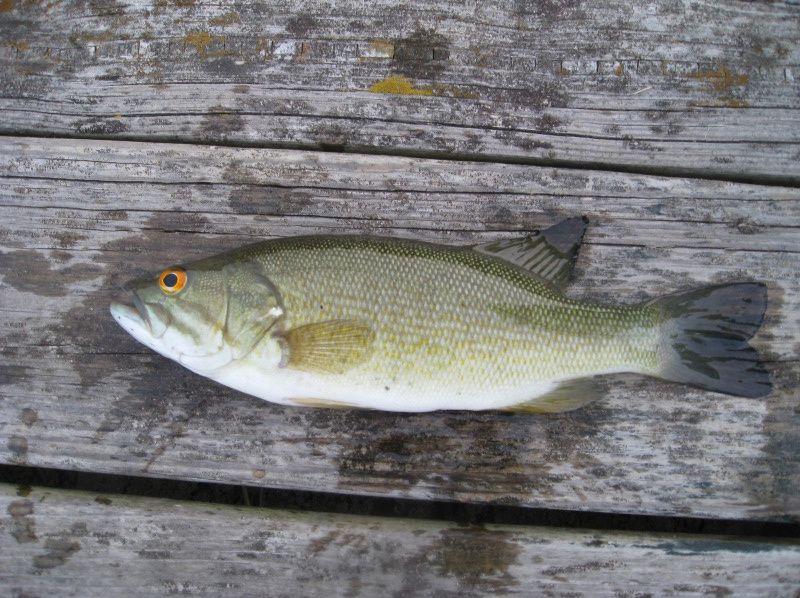I'm in my first year of attempting to produce my own smalmouth bass. I've moving fish from one of my main outdoor ponds to a smaller pond that is set up with beds made up of large boulders, gravel, landscape size stone and cobble size stones. I've moved 11 fish to this small 1/10th acre pond and fertilized it twice now.
My thinking is the larger more rotund fish of the species are the females as I seem to have two distinct sizes of fish although at this point in time even those fish do not look especially gravid with ovaries. I've even tried ultrasound and x-rays with less than stellar results. If anyone is interested I'd be happy to post pics of them.
I'm on a bent to see if I can sex them externally by comparing urogenital orifices and see if I can discern a pattern associated with the larger fish. Its seems I may have, but have only examined four fish as of yet.
Anyway, I sedated them and took the following pictures of the urogenital orifices. Anyone think they can see a notable difference in one or all of them?
The first and third fish were the largest and/or plumpest. It appears the urogenital opening is notably different of the first and the third fish vs. the other two? And the other two fish that were smaller seem to have very similar morphology? Or perhaps I'm just hoping it could be this easy? Thoughts?
I suppose I could sacrifice a few and cut them open to see if their a pattern in the appearance of the orifices but I really hate to as these are costly fish.
